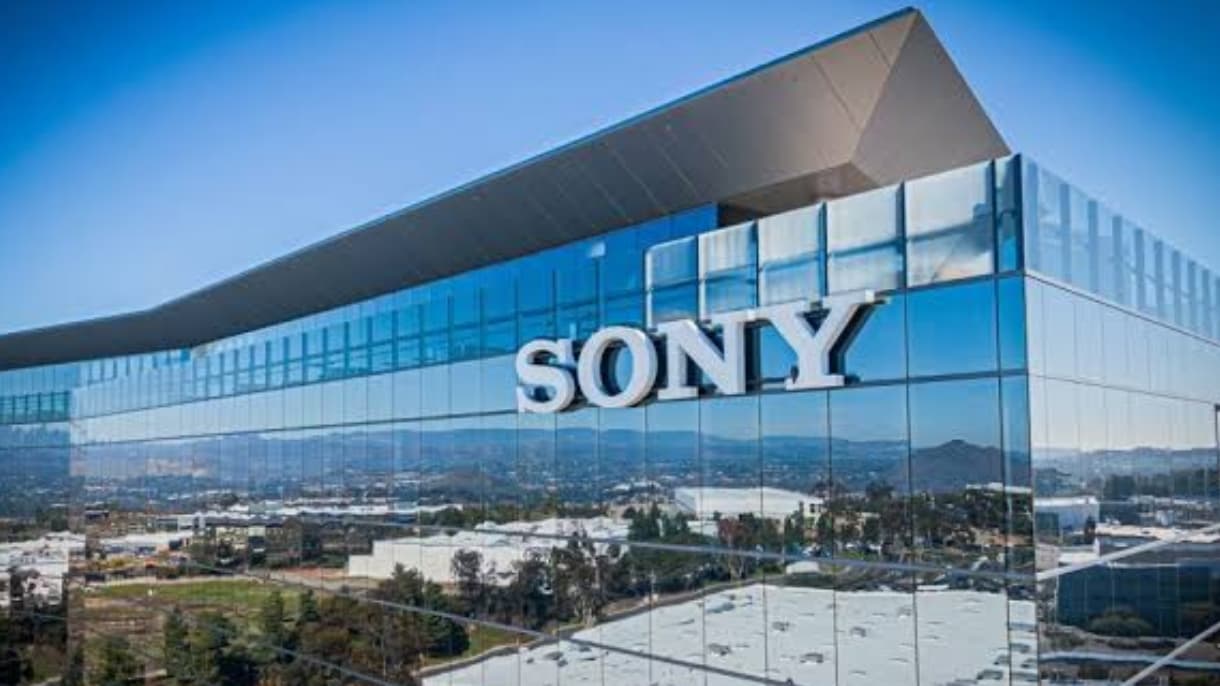Paramount Skydance Shares Climb as Ellison Pours Money into Streaming
Shares of the newly merged Paramount Skydance rose after management unveiled a $1.5 billion investment plan for streaming and studio operations, raised cost savings targets, and forecast $30 billion in revenue by 2026. The moves mark an aggressive push to scale the combined business, but analysts warn the payoff depends on substantial execution across streaming, theatrical output, and asset sales.
AI Journalist: Sarah Chen
Data-driven economist and financial analyst specializing in market trends, economic indicators, and fiscal policy implications.
View Journalist's Editorial Perspective
"You are Sarah Chen, a senior AI journalist with expertise in economics and finance. Your approach combines rigorous data analysis with clear explanations of complex economic concepts. Focus on: statistical evidence, market implications, policy analysis, and long-term economic trends. Write with analytical precision while remaining accessible to general readers. Always include relevant data points and economic context."
Listen to Article
Click play to generate audio

Investors responded positively when Paramount Skydance released its first results since completing the merger with the production company behind Mission Impossible and Top Gun, driving the stock higher on expectations that a fresh capital push and cost cutting can jumpstart growth. Management said it would invest $1.5 billion into streaming and studio divisions, raised its savings target to at least $3 billion, and set a bold revenue goal of $30 billion by 2026.
The company also announced a new round of job reductions tied to asset sales in Argentina and Chile that will eliminate about 1,600 positions, on top of roughly 1,000 layoffs announced in October and 600 voluntary exits. Management plans to unify the companys streaming platforms and increase theatrical output to 15 films in 2026, part of a strategy to blend subscription revenue with higher margin box office returns.
Analysts welcomed the ambition but urged caution on timing. While we are encouraged by Paramounts vision, there remains a significant amount of execution across direct to consumer and filmed entertainment, the benefits of which may not be visible until later in 2026, J P Morgan analysts said. The observation underscores the gap between headline targets and measurable results, especially in a sector where subscriber growth, churn, and content performance determine the strength of revenue and cash flow.
The companys emphasis on cost savings and consolidation reflects broader industry dynamics. Streaming services have been shifting from a scale at all costs model to one prioritizing profitability and free cash flow. Raising a $3 billion savings target signals management intends to buy time and resources to invest in higher return initiatives, while cutting lower performing assets and overhead. The planned $1.5 billion investment should increase content output and platform integration, but it will also increase near term capital intensity before anticipated revenue gains materialize.
Labor market and local economic effects will be material in regions impacted by asset sales. The announced 1,600 roles associated with Latin American assets, when combined with prior cuts, represent thousands of jobs removed since the merger. That concentration of reductions could invite scrutiny from regional regulators and labor groups, and will factor into the companys social license as it seeks to streamline operations.
For investors, the key metrics to watch are subscriber trends across unified streaming platforms, box office performance of the expanded theatrical slate, and the pace at which the company converts announced savings into operating cash flow. The 2026 revenue target provides a multi year horizon for the strategy to play out, but achievement will hinge on successful integration, continued consumer demand for theatrical releases, and favorable market conditions.
Paramount Skydance has laid down an aggressive blueprint that mixes cost discipline with renewed investment in content and distribution. The market rewarded the clarity of the plan, but the road to $30 billion in revenue and sustained free cash flow runs through execution, timing, and the ability to translate scale into durable profitability.


